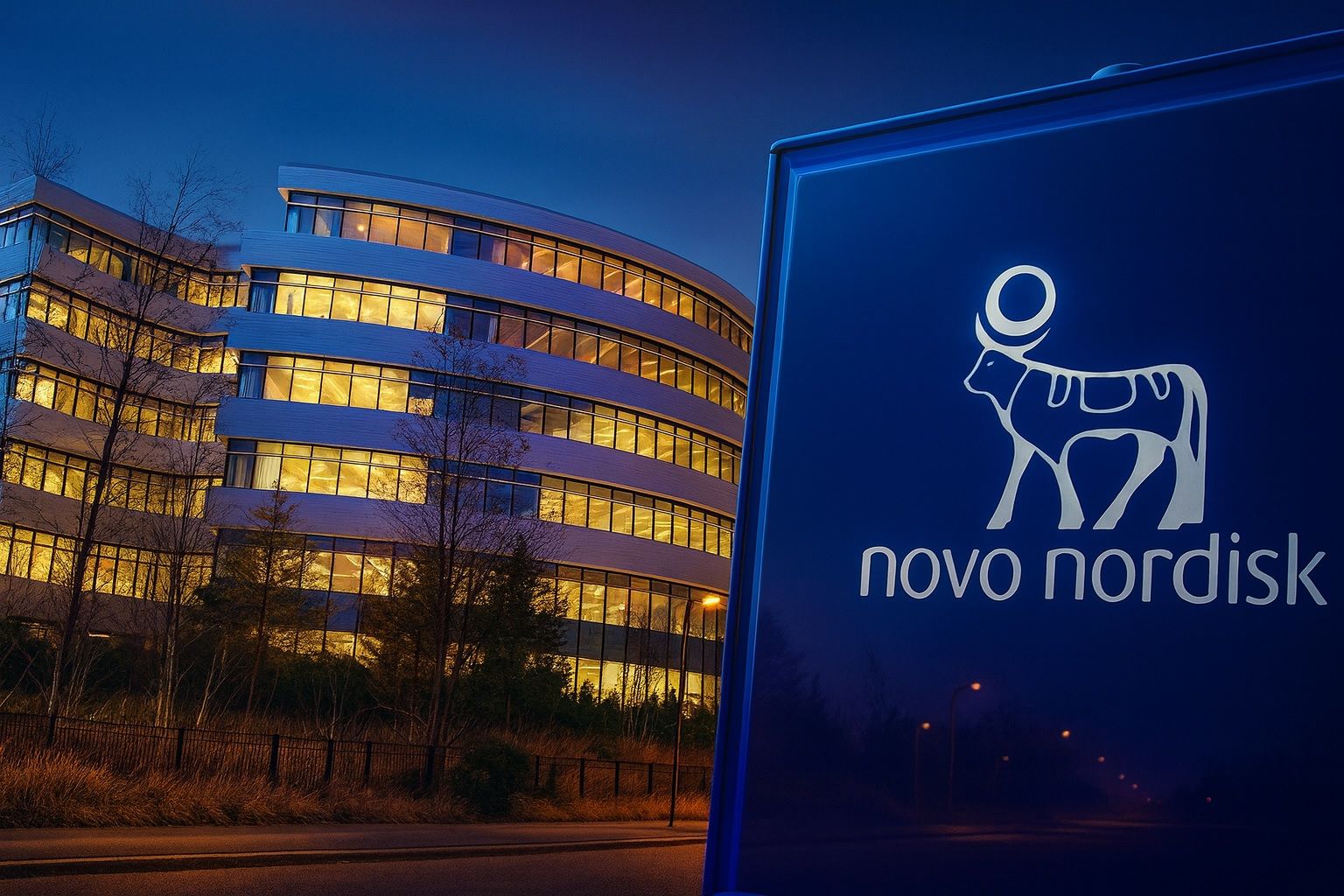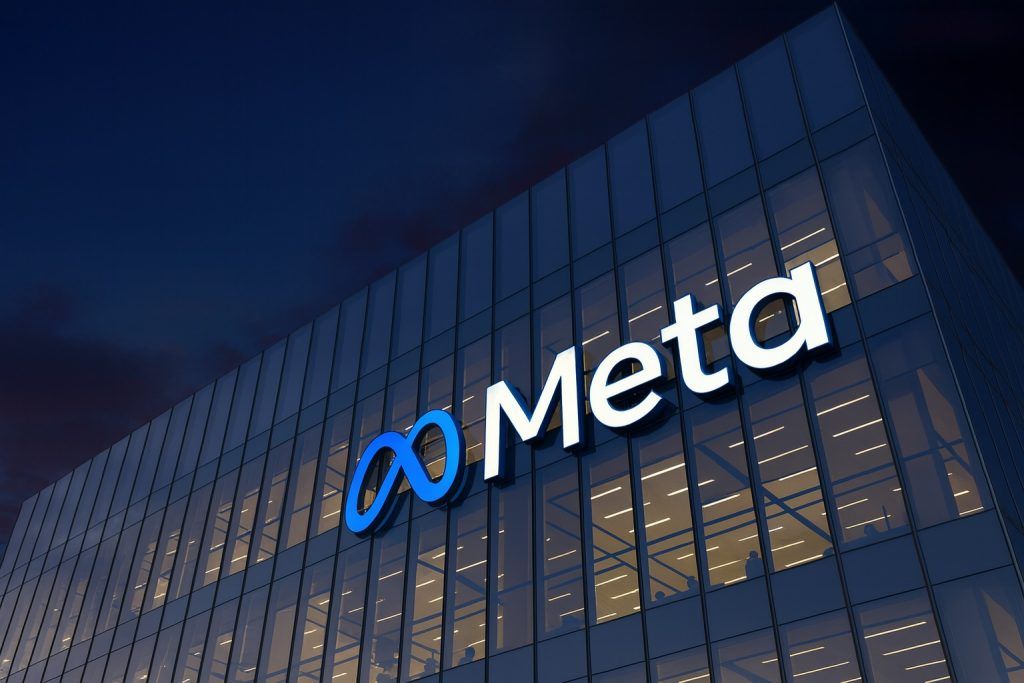Summary: Novo Nordisk’s U.S.-listed shares (NYSE: NVO) traded lower on Friday after the company and Eli Lilly agreed to cut U.S. prices on GLP‑1 medicines to expand access, including under Medicare. The deal introduces near‑term revenue pressure but could lift volumes over time. Investors are also watching a court decision that favored Novo in its bid for obesity biotech Metsera and closely reading this week’s Q3 update and guidance cut. [1]
At a Glance — What’s moving NVO on Nov 7, 2025
- Stock move: NVO ADRs traded around $45–46, down roughly 2–4% intraday; Copenhagen shares also slipped. [2]
- Catalyst:U.S. pricing deal: Wegovy/Ozempic prices for government programs and cash pay channels to $149–$350/month, with a three‑year tariff relief; companies expect near‑term sales drag but potential volume gains. [3]
- Company stance: Novo formalized the agreement, flagging an estimated low single‑digit negative impact on global sales growth starting in 2026 and announcing Medicare Part D access via a pilot. [4]
- Competitive & legal backdrop: A Delaware judge declined Pfizer’s request to block Metsera from pursuing Novo’s higher offer, while U.S. regulators signaled antitrust scrutiny of deal structure. [5]
- Earnings context: On Nov 5, Novo missed Q3 estimates and trimmed full‑year guidance, citing slower GLP‑1 growth and more intense competition. [6]
Market Action Today (Nov 7)
By late morning U.S. time, NVO changed hands near $45.42, down ~2.3% on the day, within a $45.15–$46.26 range. Earlier in Europe, NOVO‑B in Copenhagen fell as much as 3.7%. The move follows Thursday’s White House‑brokered pricing framework for GLP‑1s. [7]
The Big Story: U.S. Price Cuts Now, Medicare Access Next
What’s new: Novo Nordisk and Eli Lilly agreed to lower U.S. prices for their headline weight‑loss drugs—Wegovy (Novo) and Zepbound (Lilly)—bringing monthly costs for Medicare/Medicaid and cash payers down to $149–$350, compared with prior ranges around $500–$1,000. The deal also includes three years of tariff relief and plans to price starter doses of emerging oral GLP‑1 pills at $149 once approved. Analysts see a near‑term revenue headwind offset by potential mid‑to‑long‑term volume gains under expanded coverage. [8]
Novo’s guidance on impact: In its own announcement, Novo said implementation will begin in 2026 and currently implies a low single‑digit negative impact on global sales growth in 2026; a Medicare Part D pilot will open coverage for anti‑obesity medicines to a majority of beneficiaries. Management will update the 2026 outlook with full‑year results on Feb 4, 2026. [9]
Regulatory watch: The FDA is weighing expedited review pathways for the new oral GLP‑1s (including Novo’s candidate and Lilly’s orforglipron), potentially affecting first‑mover advantages and launch sequencing. [10]
Context: Earnings, Guidance and Competitive Pressure
Earlier this week, Novo reported Q3 results that missed consensus and trimmed 2025 guidance (now sales +8–11%, operating profit +4–7% at constant exchange rates). Management cited slower demand for GLP‑1 therapies and pricing/competitive pressures, even as Wegovy and Ozempic continued to grow. Shares are sharply lower year‑to‑date amid intensifying competition from Lilly and the broader GLP‑1 landscape. [11]
Deal Heat: Metsera Bidding War, Court Ruling & FTC Signals
- Court decision: On Nov 5, a Delaware judge refused Pfizer’s request for a temporary order to block Metsera from engaging with Novo’s higher bid—a procedural win that keeps Novo’s proposal alive. [12]
- Regulatory note: The FTC signaled that Novo’s bid structure may require pre‑merger review, adding a layer of antitrust scrutiny to any path forward. [13]
These developments matter because pipeline depth—including potential assets from Metsera—could shape Novo’s next‑gen obesity portfolio and long‑term competitive positioning against Lilly.
Analyst Color
While the week’s guidance cut weighed on sentiment, some coverage framed the U.S. pricing deal as less onerous than feared and potentially positive over time given volume expansion. Bernstein maintained Outperform with a DKK 540 target, arguing that more attractive GLP‑1 pricing can expand the market and raise barriers to entry. (Note: third‑party price targets vary and can change rapidly.) [14]
What to Watch Next
- Implementation of U.S. pricing & Medicare access (2026): Specific product‑by‑product net pricing, patient eligibility details, and whether the Medicare pilot becomes permanent. [15]
- FDA timelines for oral GLP‑1s: Expedited pathways could tighten launch windows between Novo and Lilly. [16]
- Metsera outcome & antitrust review: Any final deal terms, regulatory filings, or further court rulings. [17]
- Operational execution: Factory expansions, supply consistency, and whether Q4 data points stabilize GLP‑1 demand after this week’s guidance reset. [18]
- Next investor waypoint:Feb 4, 2026 full‑year results and 2026 outlook. [19]
Bottom Line
Today’s pressure on NVO reflects a classic price‑vs‑volume trade‑off: near‑term revenue dilution from U.S. price cuts set against the prospect of much broader access and higher prescription volumes as Medicare participation ramps. Layer in ongoing competition with Lilly, an active M&A chessboard (Metsera), and expedited FDA pathways, and you have a stock trading on execution headlines as much as on quarterly numbers. For now, the pricing framework is the story, and investors are recalibrating expectations accordingly. [20]
Disclosure: This article is for informational purposes only and does not constitute investment advice or a recommendation to buy or sell any security.
References
1. www.reuters.com, 2. www.reuters.com, 3. www.reuters.com, 4. www.novonordisk.com, 5. www.reuters.com, 6. www.investopedia.com, 7. www.reuters.com, 8. www.reuters.com, 9. www.novonordisk.com, 10. www.reuters.com, 11. www.investopedia.com, 12. www.reuters.com, 13. www.reuters.com, 14. www.reuters.com, 15. www.novonordisk.com, 16. www.reuters.com, 17. www.reuters.com, 18. www.investopedia.com, 19. www.novonordisk.com, 20. www.reuters.com







